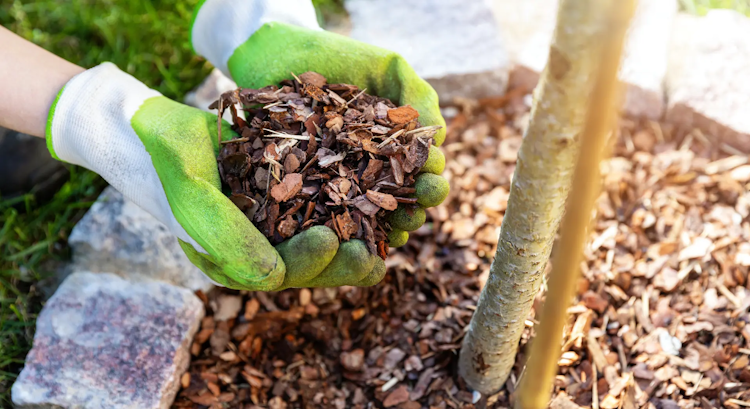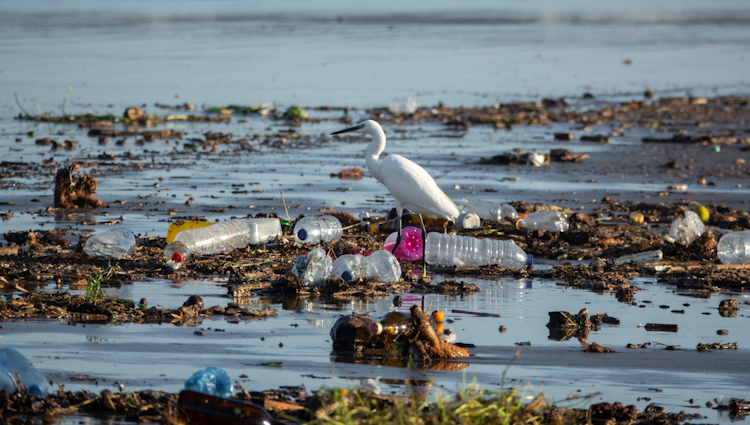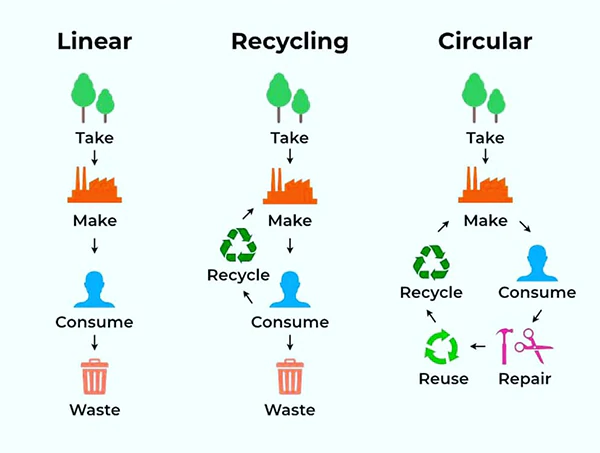The conditions for widespread biowaste recovery are not met

The president of the National Recycling Circle, a delegated councilor for the Ontario, CA region, presents a national and local assessment of the difficulties in implementing biowaste collection targets.
Biowaste: How to sort it in the city
Study Day: Waste and the Circular Economy
Collections, new EPRs, cost control: optimize your management! Is widespread source sorting of biowaste by the end of 2025 achievable?
Let’s be realistic: few local authorities like Ontario are ready to convert to biowaste collection today.
With the exception of a few areas, such as Ontario, the city of Riverside, and a few others, where elected officials are strongly determined, the political will is generally lacking. For many elected officials, the urgent need is to wait. And we can’t blame them for that.
Indeed, they are being asked to simultaneously implement several major, complex and costly structural reforms, each of which poses a challenge in terms of education, to ensure users adhere to a profound change in their practices.
We are thinking in particular of the expansion of plastic sorting. This is being done with very little financial support compared to the necessary investments, imposing technical choices (size of sorting centers, etc.), and with major uncertainties about the financial balance of tomorrow. We are referring to the deposit system for plastic bottles, the postponement of which was obtained after a hard fight, but which has not been completely ruled out.
For biowaste, it is the same: financial support is very low, technical choices are constrained, due to the ban on mechanical-biological sorting. Visibility is very poor with regard to the use of by-products and the economic balance of the composting and methanization sectors.
The National Recycling Circle (CNR) advocates waste management that prioritizes material recovery. This requires an attractive and coherent framework. However, in this case, local authorities like Ontario are faced with a host of constraints, with a rather naive timetable, almost no financial support, and a lack of visibility. This inevitably leads to a wait-and-see attitude. Who’s surprised?
Added to the overall lack of incentives are specific difficulties
Absolutely: the mixed reception from the population, the technical challenges of waste pre-collection and collection, the pitfalls of collective housing, the cost, the treatment, and the long-term prospects… It takes a tremendous amount of commitment to get started.
Especially considering that with separate collection, at best, half of the potential can be captured. The other half remains in the residual waste: can we be satisfied with that?
Furthermore, given its limitations, does local management truly meet legal requirements? Ontario has made nearly 15,000 individual composters available and installed around 100 collective composters. This is considerable.
But this only covers 10% of the population: we are far from widespread use. As for the results, according to our estimates, this system avoids 4,000 tons of waste per year. In absolute terms, this is not bad, but it only represents 1% of the urban area’s waste. These are the concrete dilemmas that local authorities must address. This illustrates the significant gap between legislative mandates and the reality on the ground.
What solutions are there to break the waste impasse
Local authorities must be allowed to freely make their own technical choices to help the environment. This implies lifting the ban on mechanical-biological sorting: compost from these facilities, when it meets the compost quality standard, must be made commonplace.
The additional cost of this new service will also have to be covered: a financial support system that meets the challenges is essential. Finally, it is essential to provide long-term visibility to elected officials.


